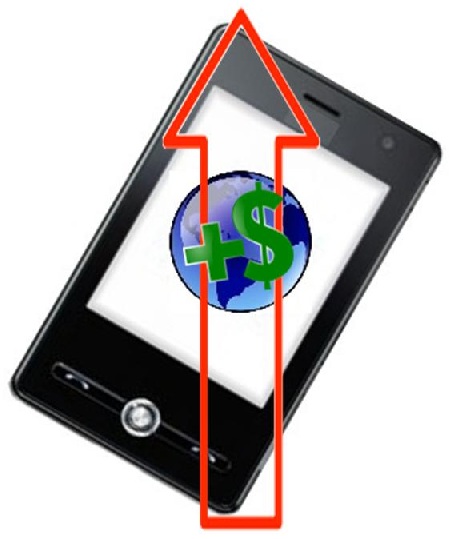 Advertisers in the United Kingdom increased their spending by 94 percent last year.
Advertisers in the United Kingdom increased their spending by 94 percent last year.
The results of a Marin Software study regarding the use of mobile marketing in 2012 have shown that advertisers in the U.K. boosted their budgets for paid search by nearly double when compared to the year before.
This, according to the “Mobile Advertising Around the Globe Report” released by the firm.
This same research also suggested that tablets and smartphones were the focus of 14.8 percent of paid search that occurred in the U.K., at the start of last year, throughout January. It also indicated that by December, that same figure had increased by almost twice as much, to reach 24.4 percent.
The increase in the use of mobile marketing paid clicks was the result of consumers who were shopping.
The report indicated that the reason that mobile marketing results increased by such a rate in the paid search area was that consumers were using smartphones and tablets in order to assist in their holiday shopping.
Also notable was the report’s suggestion that the click through rates over smartphones and tablets were higher than they were on desktops and laptop computers. This form of mobile marketing occurred at an average of 5.87 percent for smartphones and 3.93 percent with tablets in the United Kingdom. Conversely, desktops and laptops generated click through rates of only 2.29 percent.
The study showed that the cost per clicks were quite competitive in the mobile marketing sphere. For smartphones and tablets, they were £0.15, whereas the desktop cost per click was £0.30.
The predictions made by Marin Software were that the conversion rates for mobile commerce through paid search will be equal those of desktop by the close of this year. That said, at the moment, the conversion rates are still, by far, the highest on desktop and laptop computers, at 4.1 percent on average. This, compared with the average on smartphones, at 1.5 percent and on tablets, at 2.6 percent, shows that there is still some way to go. The U.K.’s click through rate over mobile currently represents the highest average among all European countries.

 With a highly successful year nearly complete, predictions for next year’s smartphones are already being made.
With a highly successful year nearly complete, predictions for next year’s smartphones are already being made.